PLASTICS & THE ENVIRONMENT
DO PLASTICS DEGRADE?
evidence & perspective from the leading INDEPENDENT expert
Environmental degradation of plastics is rapid – hundreds of scientific studies show they degrade faster than most materials.
We are Told that Plastics Don’t Degrade
But is That Really True?
The public’s perception is that plastics are bad because they don’t degrade. There are countless websites including the WWF and Greenpeace stating that it takes 450, 500 or even 1000 years for plastics to degrade. Some even claim that they never degrade, they merely crumble into smaller and smaller pieces. This is the book entry that may have started the popular perception about plastics degradation.
“Many plastics take as long as 500 years to decompose. Their very strength and durability make them a persistent pollution problem.”
That statement was made without proof of any kind but has been repeated over and over again. It is even taught to our children at school. We will now look at the current perception and compare it to the scientific evidence. There are thousands of peer-reviewed articles on the subject of plastics degradation – so the studies have been done. What do they tell us? Is the popular narrative true?
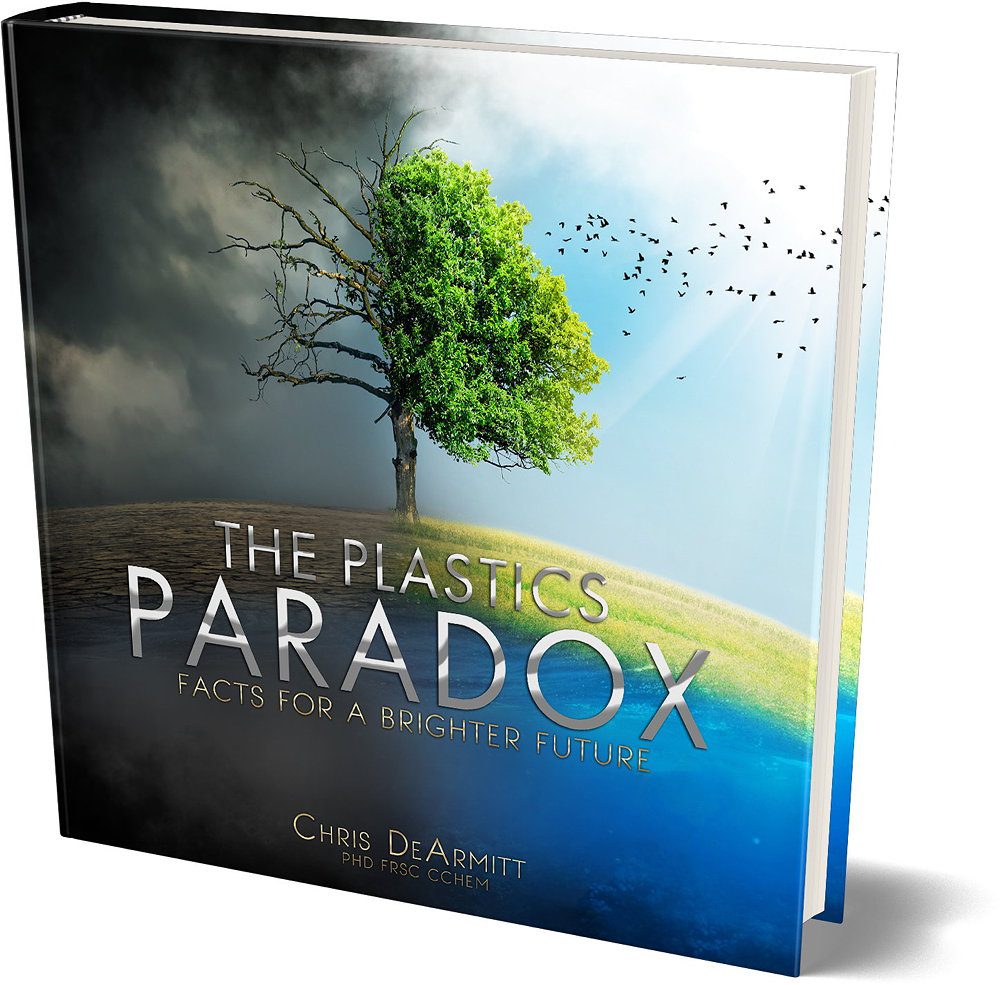
Plastic Degradation – The Scientific Evidence
There have been millions of experiments on the degradation of plastics. The reason for that is simple – when a plastic car part, piece of garden furniture or medical device is made, the manufacturer has to be certain that it will last the intended amount of time. What use is a bullet-proof Kevlar vest if it crumbles to dust after a week? Polyethylene pipes bring us clean water. Can you imagine the cost to dig up and replace polyethylene water pipes if they failed after a year or two? Because brands want to make quality products and because the cost of premature failure is so high, huge amounts of time and money have been spent researching the degradation of plastics.
Every day we see plastics degrading with our own eyes. Think of the polypropylene garden chairs that become white and brittle until the legs snap off when you sit on them. Think of the polycarbonate car headlamp covers that become yellow and foggy over time. Scientists have even studied the degradation rate of the infamous polyethylene grocery bags. Both peer-reviewed studies found that they disintegrate in less than one year left outdoors in the open.
“After 9 months in the open-air, all bag materials had disintegrated into fragments”
So environmental groups persist in telling us that plastics don’t degrade when scientists know with certainty that they do, and rather rapidly too. Why are we teahing our children lies at school? Is that wise? What do other studies say about degradation rate of polyolefins like PE and PP, the materials used to make plastic bags?
“This study shows that the real durability of olefin polymers may be much shorter than centuries, as in less than one year the mechanical properties of all samples decreased virtually to zero, as a consequence of severe oxidative degradation…”
Did you notice that the scientific paper is from a journal called Polymer Degradation and Stability? That’s right, for decades, since 1979, there has been an entire journal devoted to measuring the degradation of plastic and trying to work out how to prevent it. Thousands of scientists have worked on the topic, including me. Anyone telling you that plastics don’t degrade is flat out 100% wrong or lying to get a donation from you.
Why do Plastics Degrade?
Plastics are held together by the same chemical bonds as natural polymers like cellulose, silk, collagen, enzymes and even the DNA that holds the program responsible for life. Because the chemistry is similar, the degradation rate and final degradation products are similar. All of the materials just mentioned degrade to smaller and smaller particles, then to molecules until, eventually, they form carbon dioxide and water. They are attacked by oxygen, heat and light but despite what you may have been told, they biodegrade as well.
“The ultimate products of degradation are CO2, H2O, and biomass under aerobic conditions. Anaerobic microorganisms can also degrade these polymers under anoxic conditions.”
The scientists are telling us that plastics break down to the same products as all other organic materials like leaves, wood, paper, food and so on. They also confirm that they are attacked and broken down by organisms in nature. Once again, science reports the exact opposite of what we are told via the online rumor mill.
Museum curators experience deterioration of plastic items first-hand. They witness plastic and rubber exhibits becoming brittle and crumbling. They go to great lengths to preserve the fragile plastic items that remind us of our past. I know that because a good friend of mine, Dr. Edward Then, was a Plastics Conservator at the Victoria & Albert Museum in London England. As early as 1992, Dr. Then was charged with working out what plastic each item was made of and how best to preserve it. That’s not an easy task because conservators must analyze the exhibits without altering or destroying them, so the techniques they can use are limited to non-invasive types like infrared spectroscopy.
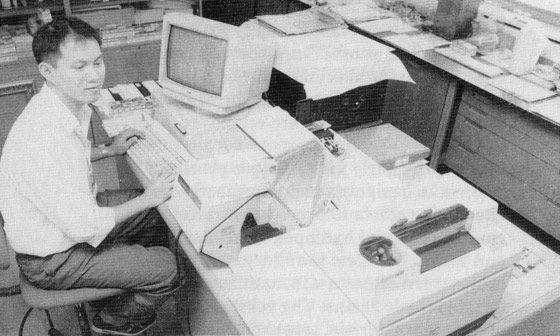
Do We Want Plastics to Degrade?
Looking at the books, thousands of peer-reviewed journal articles and so on we find that plastics do degrade and that is a scientific certainty. There is zero doubt. Vitally, we find no evidence to the contrary. There is not a single peer-reviewed article showing that plastics do not degrade. We are being fed a diet of pure fiction.
We firmly established that plastics do degrade and rather rapidly in many cases, but do we want them to? Looking at lifecycle analyses, the answer is clear – products that are more durable tend to be greener. That being the case, what can we do to make plastics last longer? The answer is to copy Mother Nature. Just like natural nuts and oils contain vitamin E as an antioxidant, the plastics we use contain similar antioxidants and stabilizers. These are added in minute amounts, usually in the parts per million concentration range and yet they can greatly extend the useful life of the plastic materials we use. The useful life might be extended from years to decades. By adjusting the type and amount added, it is possible to adjust the degradation rate of the plastic. You may not realize it, but billions of dollars are spent each year on stabilizers to make plastics last longer and thereby make them greener.
“Polymer Stabilizer Market worth 8.35 Billion USD by 2022”
Adding the right stabilizers also helps with recycling. Without stabilizer, the plastic degrades rapidly and cannot be reused or recycled. Experiments show that an unstabilized polypropylene film degrades and becomes useless in less than one year at room temperature indoors. In fact, PP, one of our greenest and most widely used plastics, would not be of any use at all without a dash of stabilizer.
“Without stabilizers, the degradation of PP is so fast as to make this polymer unsuitable for most purposes. Even at room temperature unstabilized PP looses its mechanical strength within a year.”
A Real World Example of Plastics Degradation – Hernia Mesh
You may have seen me on CBS’s 60 Minutes TV show with Scott Pelley talking about PP medical mesh implanted into people. Polypropylene mesh is used for vaginal repair and also for hernias. A class-action lawsuit started when 100,000 women reported problems and similar lawsuits sprang up about men with hernia mesh. A key topic was the stability of the polypropylene plastic. Such mesh needs around 60 years of stability, but calculations showed it would only last 2-4 years before degrading. The prosecution presented evidence that there was not enough stabilizer added.
That was a real-world example of how plastics degrade rapidly and the consequences. We were able to get settlements for thousands of women. Note that my role was to show a negative aspect of plastics because, as a professional and independent scientist, my goal is not to promote plastics but to expose the truth. I might add that I appeared on 60 Minutes unpaid whereas others accepted payment for their work on the show. I worked for free because I believe that it was important for those women to understand the truth about what had been done to them. I later appeared on the BBC and Sky News, then assisted in a UK government inquiry, all free of charge and in the name of justice.
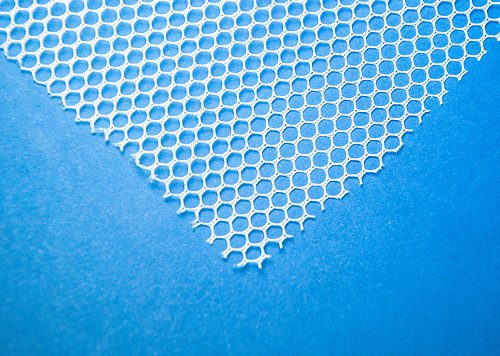
Why are common plastics so sensitive to attack by oxygen, heat and light? The long molecules that make up plastic materials give strength to the material by tangling together. Only long chains can tangle well, in the same way that only long hair gets tangled up. When the polymer molecules are attacked, it only requires the cutting of a few chains for the structure to unravel, leaving the material weak and crumbling. Think of a knitted sweater made of one long piece of yarn. As soon as the yarn is cut, the whole garment can unravel. The same concept applies to the polymer chains that form plastic materials.
Degradation of Other Plastics
Polyethylene and polypropylene are chemically similar, and both degrade rapidly. It is only the addition of stabilizers which produces the illusion of stability so that to the layperson, they appear to be immune to degradation. Together, those two types of thermoplastics make up more than 50% of the market, but what about other common plastics? Do they degrade as well?
Another common plastic is PET. Ioakeimidis et al. found that PET bottles degraded with clear changes in the chemistry found by infrared spectroscopy. After 15 years in the sea, the characteristic chemical bonds were almost gone, indicating severe degradation.
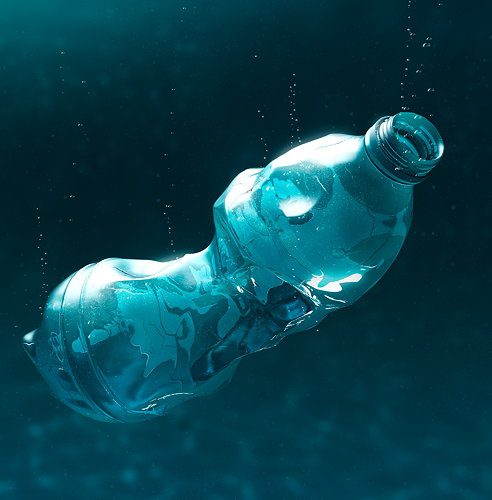
A more recent study revealed that PET degrades more rapidly than previously thought in ocean water due to the presence of metal ions in the water. Fifty percent degradation was said to occur in 4.5 years and 100% degradation in 72 years.
“We observed that marine water is a perfect reactant because it contains a multitude of metal ions that act as catalysts.”
Although the chemistry of PET degradation is completely different compared to PE and PP, we still see that the plastic degrades over a period of years or decades, not centuries or millennia.
Even polystyrene, usually thought of as very resistant, was found to degrade much more rapidly than previously thought when exposed to sunlight.
PVC was also found to be attacked and biodegraded by larvae thus dispelling the myth that it is impervious.
“The discovery in this study demonstrates that PVC can be depolymerized and biodegraded in Tenebrio Molitor Larvae, which extends observations of PS and PE biodegradation to another major polymer PVC.”
As we have seen, the plastics we use degrade rapidly. In fact, they degrade more rapidly than most of the materials we use today. More rapidly than concrete, more rapidly than ceramics, or glass or most metals. How is it that anyone of us were fooled into believing that plastics don’t degrade when our own eyes tell us the exact opposite? We’ve been brainwashed.
Are Biodegradable Plastics the Answer?
What about biodegradable plastics, that are designed to degrade – do they make sense? They seem superficially attractive because we could throw our litter on the ground or in the ocean and then “abracadabra”, it would vanish all by itself. That sounds marvelous, doesn’t it? But does it really make sense? LCA studies show that biodegradable plastics cause more impact than normal plastics like PE and PP. Of course, they are more expensive too and they have worse properties. Plus, when they degrade, they rapidly release carbon dioxide, which is just what people are campaigning against because it is thought to cause global warming.
Do Plastics Just Degrade to Microplastics?
What about the particles formed when plastics degrade? The topic of microplastics is covered in detail on separate pages. One point is worth mentioning here though. Some people have a belief that plastics degrade to small particles and then degradation stops. That is not the case. In fact, the smaller the plastic pieces are, the faster they degrade because oxygen and bacteria can attack them more readily. The reason is simple – degradation occurs mainly at the surface and the smaller the particles become, the more surface is exposed. The same is true for other materials. For example, leaves degrade more rapidly than trees or sticks even though both are made from the same polymer – lignin and cellulose.
Plastics Degradation – Perspective & Context
We are led to believe that plastics are intrinsically evil because they last forever whereas other materials do not. Is that really the case? No, it is not, because other common materials like ceramics, metals, stone and glass all take longer to degrade than plastics do. Even paper takes longer to degrade than common plastics like PE, PP and PET. The oldest paper documents known are over 1000 years old and still readable. In fact, it has been estimated that paper takes 2700 years to degrade at room temperature. Compare that to a film of polypropylene which has been shown to disintegrate in under one year. Why does paper take such a long time to fragment and decay? The answer is that paper contains a large amount of natural stabilizer called lignin that is very effective at protecting against oxidation.
As a rule of thumb, a piece of common plastic like PE or PP will degrade at about the same rate as another piece of organic matter of the same size and shape. So, a PE or PP film will degrade similarly to a leaf. Felled sequoias have remained intact for at least 500 years with hardly any degradation (Scott, 1999) in the same way that a huge piece of plastic, metal or glass would take a much longer time to degrade.
The exact degradation rate depends on temperature, the size of the object, the amount of sunlight and so on, but the fact remains that common plastics degrade as quickly, or quicker than the other materials we encounter.
Clearly then, claiming plastics are bad because they take longer to degrade than other materials is not a valid argument because it is not true.
It has been claimed that plastics create a problem because they eventually release CO2 when they degrade. Would that be a fair criticism of plastics relative to other materials? The answer is no, because all organic matter does that too – meaning that leaves, wood, cotton, jute, hemp and paper all degrade in the same way.
Plastic Prejudice
When we discover a 400-year-old wooden ship in the ocean, we celebrate, build a museum and sell tickets to look at this “treasure”. The same applies when we find 2000-year-old Roman coins made of metal. Stonehenge, a bunch of 5000-year-old rocks, attracts a million visitors per year while fifteen million flock to see the pyramids.
Whether it is glass, clay, stone, animal remains, wood or metal, we are filled with joy to find it, and the older it is, the better. A recent scientific paper even hailed the discovery and analysis of 2700-year-old human excrement. There is a clear plastics prejudice at work here whereby it is implied that plastics are evil if they take a long to degrade when every other material is celebrated when it doesn’t degrade. How unjust.
Conclusions and Policy about Plastic Degradation
Let us summarize what we have discovered and what policies might make sense based on the evidence. We have seen that the notion that plastics don’t degrade is false and is therefore not a fair or valid criticism.
We know from lifecyle analyses that degradation of plastics is not desirable because it makes products less green. Durable products usually minimize environmental impact. Therefore, in most cases, we want to increase the life of plastics, and we do that by adding the appropriate type and amount of stabilizer.
It follows that biodegradables plastics do not make sense. They increase harm to the environment according to LCA studies in part because they rapidly release carbon dioxide as they degrade. They also cost more and have worse properties than standard plastics we are familiar with.
Biodegradable plastics are not a solution to litter either. Quite the opposite, companies I have spoken to believe that degradables exacerbate the problem because they encourage people to litter more.
It turns out that the greenest path is to continue using the plastics that cause least impact such as PE, PP and PET. Stabilizers should be added to adjust the degradation rate and to ensure that the material is in fit condition to be recycled into new objects.
Thank you for looking at the evidence. The Plastics Paradox book covers degradation, microplastics, litter, waste and more. If you don’t have time to read a whole book, then please see the short video The Great Plastics Distraction Part 2 – if you watch that, then you will know more about plastics and the environment than 99.9% of people on the planet. If you have just five minutes spare, then this page will give you an overview and a perspective on plastics and the environment that you will not find anywhere else. Remember…
“you can be for the environment, or against plastics, but not both”.
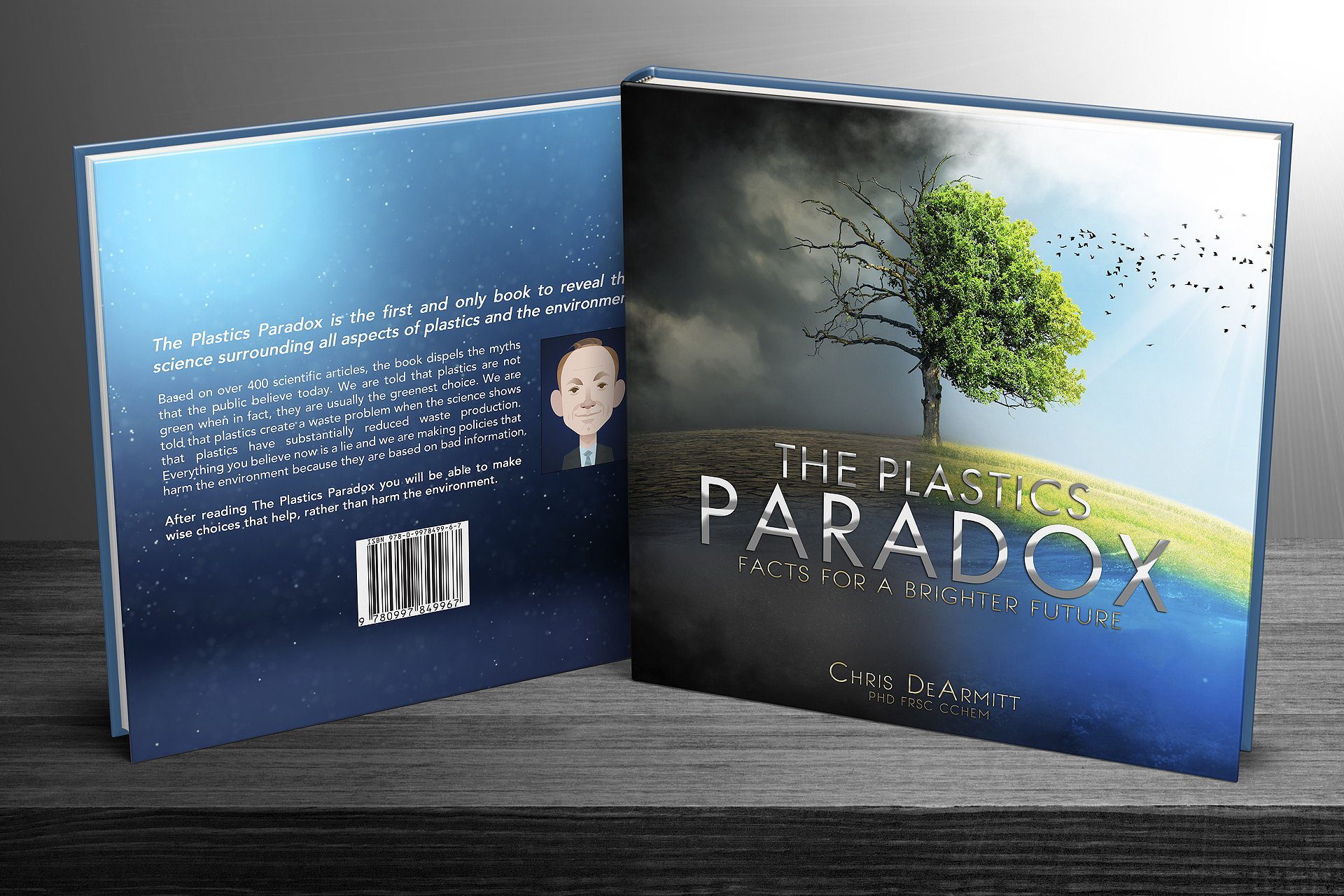
Dr. Chris DeArmitt is a renowned independent scientist and keynote speaker with decades of experience solving tough technical challenges for some of the world’s leading companies. He is a Fellow of the Royal Society of Chemistry and Fellow of the Institute of Materials, Minerals and Mining. He is also a Chartered Chemist with a long list of publications, presentations and patents to his name. His review of the science around plastics and the environment was performed unpaid to preserve impartiality.
Income 2022 : ~ 60% NAICS 424690 Chemicals, ~30% NAICS 423990 Durable Goods, 0% NAICS 541110 Legal, ~10% NAICS 325211 Plastics Composition varies over time



